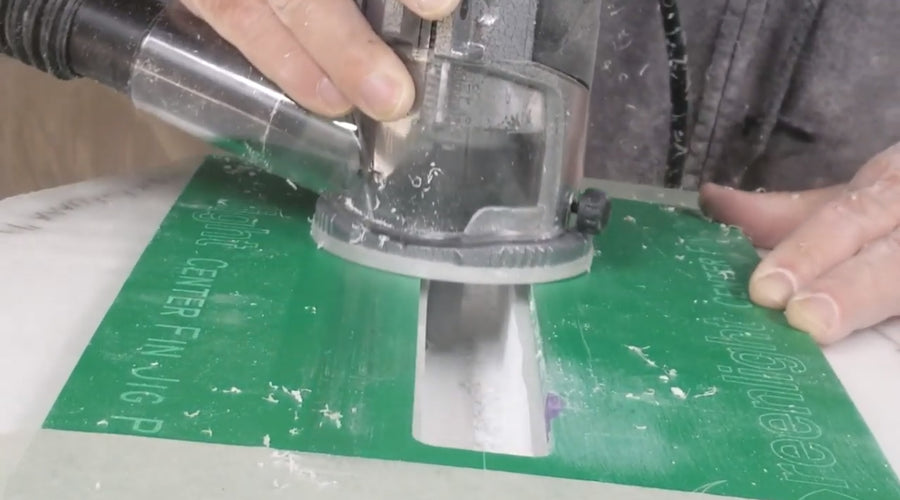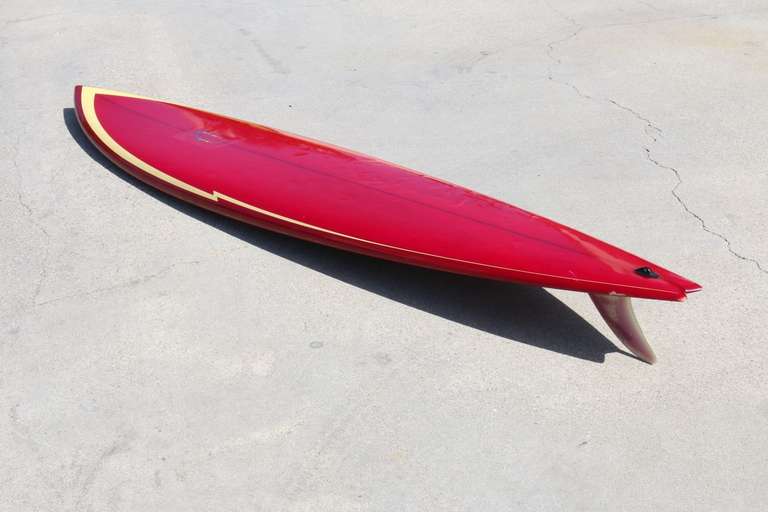


While I could design surfboards in Lightwave, 3D studio MAX, Rhino, AutoCAD, etc. And they do provide everything you need from start to finish for making a surfboard with a machine. So what would you choose? I think much the same goes for surfboard CAD packages, while they use simplistic surface models I have a hard time seeing that a more advanced surface model would provide significantly better results. and integrate this with electrical wiring and HVAC cad packages.
#Swallow tail aku shaper windows
In addition it will do such things as calculating adequate ventilation and windows size for good daytime lighting, check that the house is according to rules and regulations, check that the framework is stable and sound, provide cut list and part list, etc. Or you could use a purpose made CAD package like which has a simpler user interface and is geared towards making houses. You could layout the ventilation and electrics wiring in it too. I'll give you another example: You could design a house or a building in AutoCAD. But the general purpose CAD packages have a steep learning curve and takes a long time to finish your design. Someone else pointed out that the surfboard CAD packages are less advanced than the general purpose packages. I can see the CAD package giving somewhat better results than Aku, but I cannot quite see it giving a much smoother surface than Shape3D as it seemingly is also sweeping and blending curves in much the same manner. The only real difference I can think of is how the interpolation is done, aku seems to do a linear interpolation between crosssections, while Shape3D seem to use beziers (curves) for the interpolation which is closer to what your CAD package is doing. Then the tangents define the curve you would otherwise sweep through the lines. Then add any number of crosssections to get the adequate control similar to the curves in CAD. This is the same as the offset lines in the cad package. Next in aku or shape3D you would add three control points which you offset from the apex of a the rail. Just been thinking of this, but how does using three offset lines differ from akushaper/shape3D? Basically you sould get the same from designing a outline and a profile in Aku/shape3D and then defining a square crosssection. He hasn't just modeled one board, he has essentially written within Pro/E his own shaping software. What Hein has accomplished is very sophisticated. They need a well defined process for working with the software.
#Swallow tail aku shaper how to
I think that the Ui's and the tutorials for how to use the current shaping software packages will need to improve for the none computer board builders to take them up and put down there planers. What Shape3d and Aku are doing is providing a user interface to building models that would be extremely complex to draw freely with curve tools. But as I have discovered with almost all computer tools, the more control you want the steeper the learning curve. The current state of shaping software seems to me to be primitive when compared to some of the more sophisticated programs. So, I think this is the mental leap with which shapers are struggling. You put points in dimensional space, curves pass threw the points, and the sum describes a volume(your board). To draw those curves freely is nearly impossible.ģD modeling is mostly an additive process. You use them to guide your planer when you do your rail bands. That is because the rail banding process relies on the curves in the rail that were generated from cutting the plane shape and adjusting the deck and bottom rocker. For example, if you where to try and cut your rail bands before you cut your plane shape and adjusted your deck and rocker it would be a nightmare. The steps with in the process are very logical and the order in which they occur is specific.

The goal is to find your shape within the blank by removing material. The thing I have noticed is that the handshaping process seems to be relatively consistent from video to video. So, to get started I have been watching all the learn to shape videos. I have no real handshaping experience, but I'm on my way.


 0 kommentar(er)
0 kommentar(er)
